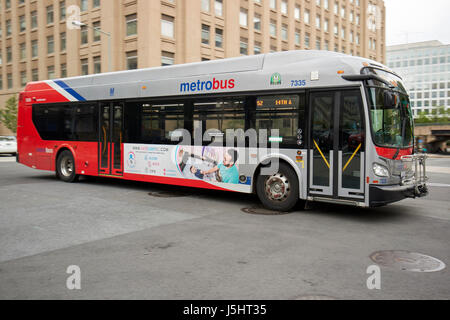

The San Francisco-Oakland area served by BART, San Francisco Municipal Transportation Agency, and other systems took in more than $190 million. The District of Columbia-Maryland-Virginia region served by WMATA and other suburban transit systems received $253 million. In the current fiscal 2023 budget, which did not contain the administration’s capital/operations proposal, the New York metro area, served by the Metropolitan Transportation Authority and other smaller agencies, received $1.2 billion. Transit systems in more than 40 large metro areas would gain another bucket of funding to allow them to hang on to varying degrees of fiscal solvency. (If Congress approves the plan, the operations share would remain at 50 percent.) The federal share on capital projects is 80 percent on operations, it’s 50 percent.

Under this program, transit systems typically get a bigger bang for each federal dollar spent on capital funding. Under the Infrastructure Investment and Jobs Act, more than $6 billion has been allocated to the program no new monies would be involved. (The large systems were able to use pandemic relief monies for operations, however.) It would also allow certain Federal Highway Administration funds that are transferred or “flexed” to mass transit to be used for transit operations. Normally, the major urban systems, unlike smaller transit authorities, are prohibited by statute from using these funds for operations expenditures. Its proposed fiscal year 2024 federal budget contains a plan that would enable mass transit systems that serve 42 metro areas with populations greater than 200,000 to use Section 5307 Urbanized Area Formula Funding program monies for either capital or operations expenditures for FY2024 only.

But in the brave new era of remote work, many workers max out at several weekday commutes.įiscal cliff fears and the destabilizing effects that weakened transit systems might have on metro-area economies appear to have prompted the Biden administration to toss the major transit systems a lifeline. Ridership trends in Boston, New York, and other large urban systems also indicate that people now use commuter rail lines for weekend leisure, entertainment, and special events. It heads into the 2024 fiscal year with a $185 million deficit. Only federal COVID relief funds saved the system from a long list of drastic cuts.ĭespite its few stellar days of cherry-blossom ridership, WMATA is not seeing the weekday riders that the system needs to balance its books. But it’s easy to forget that early in the pandemic crisis, WMATA actually proposed eliminating weekend service. What would the car traffic have been like if Metro didn’t operate on Sundays? Planning annual cherry blossom celebrations without Metro seems unthinkable.


 0 kommentar(er)
0 kommentar(er)
